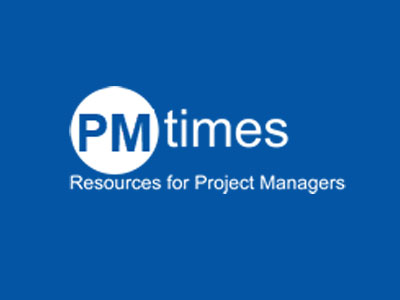As we close out the year, wouldn’t it be nice to achieve year-end results with critical projects? As many companies and leaders get lost in the holidays, it is an opportunity for those who stay focused on the key priorities. By no means should you forget the holidays and thanking your people for a good year; however, if you channel your efforts on the critical few, you could not only end the year on a positive note but also accelerate project results in time for year-end.
There are several keys to success in delivering project results; however, one simple yet secret weapon is follow-up. The best plans are useless without follow through and follow-up. I’ve found it quite amazing the number of highly paid, intelligent leaders that do not value or do not make the time to follow-up. Why spend millions of dollars developing plans if you don’t plan to put in the work to make sure they occur? So what are a few tips to ensure results occur? 1) Plan. 2) Prioritize. 3) Follow-up.
- Plan: First, develop a simple plan. What needs to be done? By who? When? What support is required? It doesn’t have to be fancy or use the latest technology (a scrap piece of paper with action items will likely suffice). This will provide the structure for your follow-up. In my experience across hundreds of projects in multiple industries and geographies, working a simple list is the 80/20 of success
- Prioritize: Prioritize your follow-up. It isn’t necessary to follow-up on everything. If there is one common mistake in today’s new normal business environment, it is getting caught in an endless sea of tasks in a survival mode. Instead of going down that rabbit hole, think about what’s most important. What can have the largest impact on your project between now and the end of the year? Next, follow up on only those priority tasks; for example, the critical path or the A priorities. If you follow up on only the tasks that are key, the people related to those tasks will intuitively realize the implied importance and prioritize accordingly.Additionally, the more you are able to explain why the specific tasks are important, the more the people responsible for the tasks will understand and value them themselves. On the other hand, if you followed up on every task, it would just become a nuisance, and you’d likely be ignored.
- Follow up: Think function & not form. It doesn’t matter whether you follow-up via email, phone, a fancy software or whatever. What matters is that you follow-up. You will achieve the best results if you change your follow-up style to the person you are following up with.For example, if you are following up with someone who reads email voraciously but doesn’t typically talk on the phone, send an urgent email. On the other hand, if you are following up with someone who enjoys talking with people (regardless of whether he/she has email), pick up the phone.
When you follow up, make sure to follow up in advance of the due date on critical tasks and critical path items. This gives the person an opportunity to remember and plan for the task. I’ve found that 99% of the people will complete the task with this type of follow-up, whereas, without the follow-up, I might receive a 50% completion ratio, mainly due to conflicting priorities and busy schedules.
It isn’t complex, expensive or requires capital investment to follow-up, it just requires a bit of energy, yet, it yields significant results. Why not close out the year with your project team celebrating a significant “win”?
Published in “Project Times” website, November, 2011
Click here for original article.



